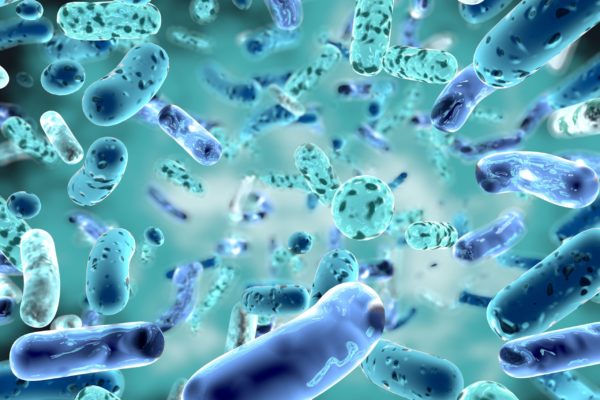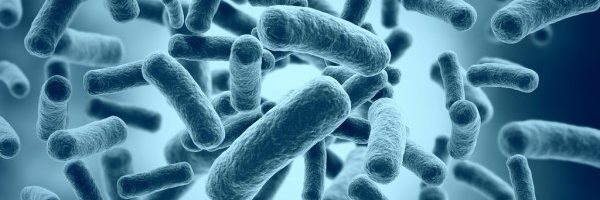THAC, The Healthy Aging Company, is a French and US-based privately-owned biopharmaceutical company which has the ambition to develop a range of first-in-class drug candidates targeting T2DM and its complications.
THAC aims to change the way patient care and healthy aging are addressed. THAC is primarily focused on Type 2 Diabetes Mellitus, a chronic disease with still unmet medical needs, as claimed by health agencies.
♦ Its pipeline could lead to potential real game changers for patient care and disease management. THAC is primarily focused on Type 2 Diabetes Mellitus, a condition with still unmet medical needs.
♦ THAC envisions that by fighting insulin resistance, the root cause of T2DM, major breakthrough could be achieved for the treatment of T2DM and the prevention of severe related complications such as peripheral neuropathy (e.g. diabetic foot wounds, amputations).
♦ THAC drug candidates have a unique and innovative mechanism of action that targets oxidation and inflammation, which restores the composition of microbiota, and the insulin sensitivity.
♦ THAC drug candidates are intended to delay disease progression, improve patient’s quality of life, delay premature death and prevent T2DM complications ; peripheral neuropathy is a severe complication for which there is no treatment available; e.g., diabetic foot wounds and amputations.

Gut microbiota is playing a key role in T2DM (The lancet, 2020)
Western diet is one of the major culprits of metabolic disease including type 2 diabetes with gut microbiota playing an important role in modulating effects of the diet,
There is growing evidence that dysbiosis of the gut microbiota is associated with the pathogenesis of both intestinal and extra-intestinal disorder. Some studies suggest dysbiosis is caused by complex changes resulting from interactions of hundreds of different microbes. As a result, T2DM is boosted by an altered composition of microbiota; A desiquilibrium diet is associated to a deregulation of the gut microbiota which boost T2DM.
The gut microbiota affects host metabolims and obesity through several pathways involving gut barrier integrity, production of metabolites affecting satiety and insulin resistance, epigenetic factors and metabolism of bile acids and subsequent changes in metabolic signaling.
♦ALF-5755 is derived from an anti-microbial protein (AMP) C-type lectin, secreted by Paneth cells (intestine). Its expression is driven by IL6 and inflammation. The protein is a main driver of the enteric innate immunity contributing to a balanced decrease of pathogens and increase of gut commensal bacteria. When produced, the protein binds the extracellular matrix, and has anti- Gram+ bateria as well as anti-inflammatory, anti-oxidative effects.
♦ The Company clearly demonstrated that ALF-5755 restores the composition of nd reduceds inflammation (Marion Darnaud et al., Gastroenterology 2018). Complementary scientific observations demonstrate that ALF-5755 also decreases local redox statuts, restore the insulin sensitivity, promotes the glucose uptake by muscle, and reduces de pourcentage of fat mass while increasing the pourcentage of lean mass.
The human gastrointestinal (GI) tract represents one of the largest interfaces (250-400 square meter) between the host, environmental factors and antigens in the human body. The collection of bacteria, archaea and eukarya colonising the GI trct is termed « the gut microbiota » and has co-evolved with the host over thousands of years fo form an intricate and mutually beneficial relationship. The number of microorganisms inhabiting the GI tract has been estimated to exceed 10e14 which encompasses ~10 times more bacterial cells than the number of human cells and over 100 times the amount of content (microbiome) as the human genome.
The microbiota offers many benefits to the host, through a range of physiologival functions such as strenghtening gut integrity or shaping the intestinal epithelium, harvesting energy, protecting against pathogens and regulating host immunity.
However there is potential for these mechanisms to be disrupted as a result of an altered microbial composition, known as dysbiosis. The perturbation of their function lead to the risk of developing long term pathologies.Current reserach suggests that diet exerts a large effect on the gut microbiota.

Microbiota modulates inflammation, interacts with dietary constituents, affects gut permeability, glucose and lipid metabolism, insulin sensitivity and overall energy homeostasis in the mammalian host.
♦ The relationship between gut microbiota and inflammatory diseases is documented by emphasizing the role of macrophages. Change in the gut microbial composition result in chronic inflammatorion and metabolic dysfunction. There is consensus that the disruption of the gut microbiota is influenced by host genetics, diet, antibiotics and inflammations and it is closely linked to the pathogenesis of inflammatory diseases . When disrupted, short-chain fatty acids (SCFAs) and Gram-negative bacterial lipopolysaccharides (LPS) exert anti-inflammatory or pro-inflammatory key effects by modulating monocytes and macrophages (critical effectors of inflammation). SCFAs also exhibit anti-inflammatory effects via binding to G-protein coupled receptor 43 (GPR43) which is experssed in immune cells, including macrophages.
♦ Gut microbiota may also affect T2DM by influencing glucose homeostasis and insulin resistance in major metabolic organs such as liver, muscle and fat, For example, some bacteria can increase glycogen synthesis and decrease expression of hepatic gluconeogenesis-related genes. Other bacteria can improve the translocation of glucose transporter-4 (GLUT4) and insulin-stimulated glucose uptake. The insulin signaling can be affected by the activation of the innate immune system through Toll-like receptors (TLRs). TLR4 is a subclass of TLRs that, when activated in particular by LPS, idcuces upregulation of inflammatory pathways related to the induction of insulin resistance. In adipocytes, different mechanism also contribute to LPS-induced insulin resistance.

